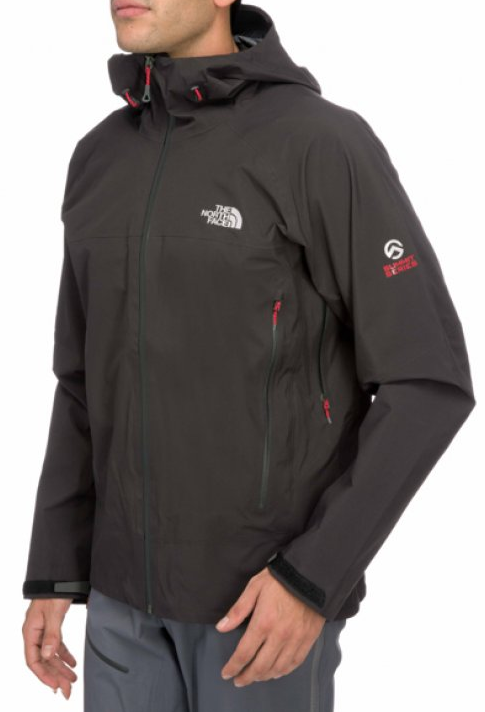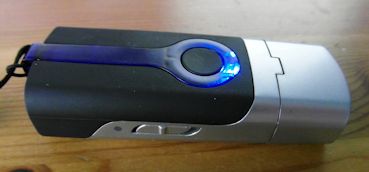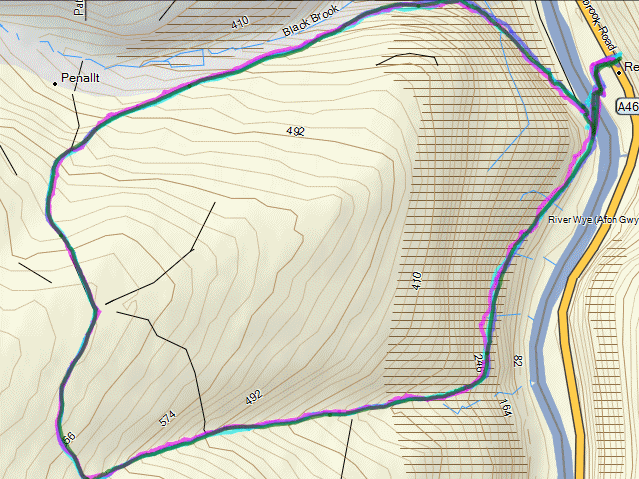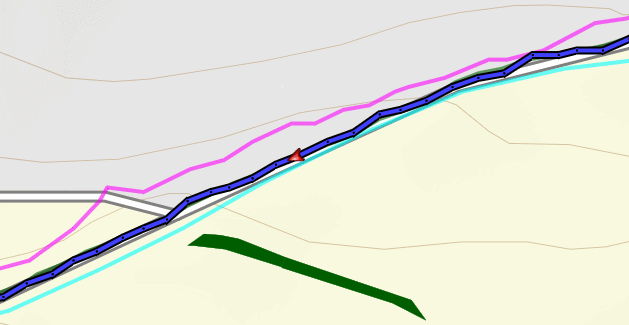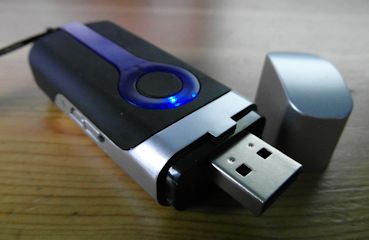I got my first GPS receiver (a Garmin eTrex) in 2003, but it wasn’t until early 2006 that a friend persuaded me to look at Geocaching and I found my first Geocache rather aptly on 1st April that year. My friend had found 100 caches since he started caching in 2001 and that seemed a huge amount. Now, as I write this in 2016 we have found 2,700. It may sound a lot to some, but there are many people who have only been caching for a relatively short period who have found vastly more.
It is well documented how Geocaching came about from the turning off of GPS satellite restrictions in 2000. There were very few people who could partake in the hobby then as they didn’t have the hardware. A few people (like myself) bought a receiver for walking/hiking purposes, stumbled upon Geocaching, and got in that way, but it wasn’t until several years later that smartphones became available (and much longer again until they became commonplace) that the hardware was available to the general public. This meant a big change in who was Geocaching and it switched from the outdoor types to pretty much anyone nerdy enough to partake. Here are the biggest changes as I see them.
The average cache size has become smaller and smaller.
Ten years ago you would have been chastised by the Geocaching community (the Groundspeak forums were very popular then) for placing a micro cache in the woods. Now it is the norm. The searching part of Geocaching was always just a means to an end for me as I much preferred the walking (and in the early days talking to my son). We’d happily walk for a couple of hours (or all day in some cases) to get to a cache, but the physical box was usually a reasonable size, so was pretty easy to find. This meant a proper container was used (ammo boxes were not that uncommon) and the contents were usually in good condition. The micro (35mm film pot) came along and it all went downhill from there. Now tiny nanos that can be easily hidden with little effort and no cost have taken over. Anyone can hide a tiny container and make it hard to find, but you’ve done a good job when you hide a large container and make it hard to find.
No one writes logs in the log books any more.
I used to enjoy sitting in the sunshine after a long, hard walk to find a cache and read a few of the recent logs. Then I’d write a few lines in the book, usually about something that had happened on the way to the cache, while my son looked through the trades and maybe did a puzzle that was in there or played with one of the toys. If you don’t walk to caches of course there’s very little to write about and this, along with the decline of caches large enough to hold a proper log book, has meant written logs have largely become just a distant memory. So many of these changes are interrelated.
Trades don’t often exist now
Personally I don’t miss the trades that were always found in every cache ten years ago as my son is grown up now. People occasionally used to put in the listing what the original trades were, so when you found the same contents several years later it became clear that people didn’t trade much. Personally I always found that my better trades (in my own caches) were almost always scrumped very quickly and rubbish left in their place. I remember the first cache I placed had an early log that said “made a few trades”. When I looked in on it shortly afterwards almost everything had been taken and a smashed up toy car was left in its place. I’ve seen a lot of odd trades. Money is common (usually a 2p piece), but I’ve also seen a peg, a stone, a leaf, a freebie voucher and food. Would you really eat anything left in a cache? I know I wouldn’t.
What happened to trackables?
Beautiful Geocoins and travel bugs used to be commonplace. We’d often come home after a day of geocaching with several trackables, finding one in almost 50% of the caches we visited and half of those were geocoins. Now I can’t remember the last geocoin I saw and even TBs are far from common these days. We released quite a few geocoins ourselves, but they (almost) all disappeared into the ether quite quickly. The other problem is that when you find one now it’s often not that easy to find a cache large enough to drop it off in.
Most caches are just dull and show no imagination
I started caching because I loved finding interesting or beautiful places. I never really cared how many caches I found in a day as long as we had a great day out walking in lovely countryside. We’ve always been a bit unusual in that we’ll go to an area, park the car and then walk for the rest of the day. Most cachers in our experience will drive as close to a cache as they can, find it and then drive to the next one. This may be why the vast majority of caches these days are placed by the side of a road.
This is the most important failure in Geocaching IMHO. Munzee started (similar to Geocaching, but using QR codes instead of a cache/log book) and I thought this would be the solution. It quickly proved to go down the lack of quality route much more quickly and spectacularly than Geocaching did.
The cache series
When we started Geocaching we did the CC series by Write and Mane in South Wales. 50 caches spread over the county of Caerphilly. Some tricky puzzles, some great history, some fascinating locations. One year and quite a bit of effort required. This kind of series was never common, but was highly enjoyable and educational. Sadly we’ve never seen anything like it since.
There are two types of series that are commonly found now. Firstly what used to be called a Power Trail (and was for years outlawed by Groundspeak). This is a route of usually 10 or more caches. Usually located pretty close to each other. They are very popular as they allow cachers to log a large number of caches with minimal effort. Hopefully the caches will be on a pleasant route, though as the caches are close together they are rarely placed at a location of any individual merit concentrating more on clever hides.
The second type of series are those based on a widespread (often national) theme. This includes (roughly in order of appearance starting from 10 years ago) Motorway Mayhem, A-Road Anarchy (whoever named this really should look up the meaning of the word Anarchy). Church Micros, Sidetracked (railway), Supermarket Sweep (yes really, at supermarkets), Bus Stop Bewilderment, Little Bridges (footbridges), A Fine Pair (a red phone box and postbox close to each other) etc. One of the first claims for dull cache of the year was the cache in a phonebox. Fortunately these were outlawed when BT made a complaint to Groundspeak. In America the LPC, or Lamp Post Cache, curse hit in around 2007. Their lampposts have a skirt which lifts up and in some areas almost every lamppost had a film pot placed under it. All of these caches epitomize why I lost a lot of enthusiasm for Geocaching.
At the end of 2008 the Mega series arrived in the UK. 100 or more caches in a series, often a figure of 8, so it could be broken into two loops. A few were quick to copy the idea, but it seemed to die off quite quickly.
The ascendancy of the Traditional Cache
Several cache types were grandfathered just over 10 years ago, but multi-caches were quite popular then. Nowadays they get very few hits. I can understand this in some ways. When we are out walking we don’t want a cache that will take us off in a direction away from our route, though I think most people would rather use the time to find more caches. Interestingly, Earthcaches have survived (though they did struggle for a while) despite Virtual caches being deemed not suitable. I never understood this decision.
Wherigo caches appeared in early 2008. They were pushed heavily by Groundspeak, but then they very quickly seemed to lose interest in the idea. It’s a shame, as the medium showed great potential, but the platform was always very flaky. Devices are much more Wherigo capable these days, though I believe that Garmin no longer bake the app into their handheld devices.
Technology
In 2006 most Geocachers printed out listings before heading off outdoors. They physically punched the coordinates into a Garmin eTrex (they mainly had serial cable connectivity, not USB, via an expensive proprietary cable). Decoding a hint was a manual process and you quickly got to recognise common encrypted words (gerr=tree and more amusingly green=terra). This was before Garmin upgraded the range to high sensitivity so these devices weren’t very accurate and were terrible under tree cover. You’ll still see old caches that give hints due to the poor reception under the trees!
I’ve always been a technology geek, so was ahead of the curve and had the very accurate Garmin GPSmap60 CSx, which was new out then. Very few people had expensive receivers then like they did in the 2010’s. I also acquired an old Palm PDA from a friend, onto which I loaded cache listings via an app called Cachemate. This app looked something like you are probably used to today on your phone, but without the map/navigation part. In about 2007 the Mio PDA with GPS receiver became available and was popular within a small community. As well as combining GPS, OS maps (Memory Map) and paperless caching it was very accurate with SiRFStar III reciever (same as the GPSmap60 CSx) In early 2008 I got my first Windows (PPC) phone (HTC Tytn II) which I bought mostly for Geocaching as it would run Memory Map (was very popular with Geocachers before the advent of free OS maps on the Internet) and do everything a current day smartphone can do, if not quite as proficiently. Nowadays I only ever use an Android phone for everything, and of course mapRoute for my planning and logging.
The next big change was when Groundspeak eventually announced the advent of their API which allowed developers (like myself) to write applications interfacing their Geocaching data.
Along the way we’ve had external apps that grab listing and log photos, notify users when new caches are available, plugins for adding favourites, Greasemonkey scripts for Firefox, Cachemate, GSAK and screen scraping Geocaching apps. Most of these are irrelevant now due to improvements that Groundspeak have made. Of course they also released their own mobile Geocaching app, which has only just become free.
In the past there were often periods when the Groundspeak servers would grind to a halt. Another strange thing was that Groundspeak were sometimes developing on the production server, so things would keep changing/breaking/being fixed as you were trying to log finds.
Summary
Over the years I’ve had countless great days out Geocaching. I tend to remember the sunny days with my young son and dog, Bob best. Discovering the Cotswolds, Brecon Beacons, South Wales and camping trips to Cornwall, Shropshire, Snowdonia and the Gower, but there were many days in pouring rain and even snow. We’ve been chased by rampaging cows (more than once), paddled down disused canal tunnels, walked miles of disused railway tunnels and seen hundreds of fascinating places we would never have otherwise seen. Of course we’ve visited hundreds of totally dull places too, but that’s Geocaching. You have to take the smooth with the crunchy.

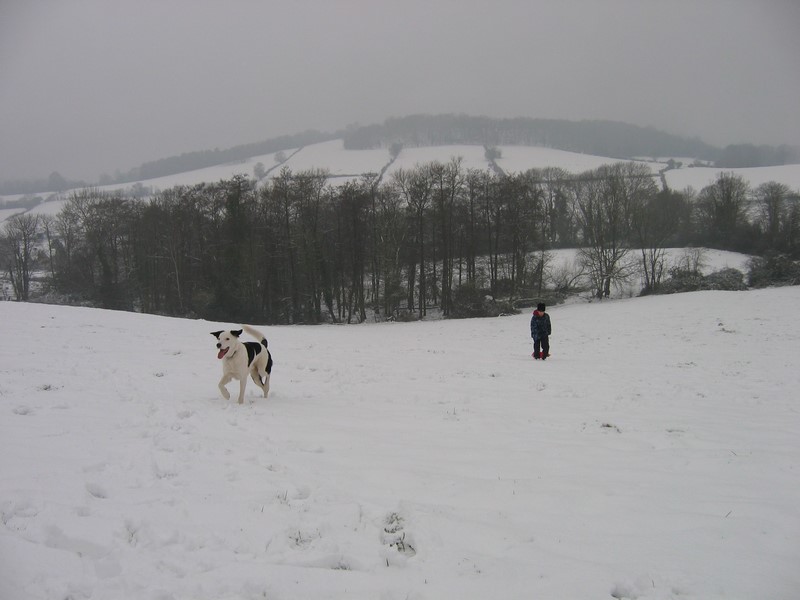
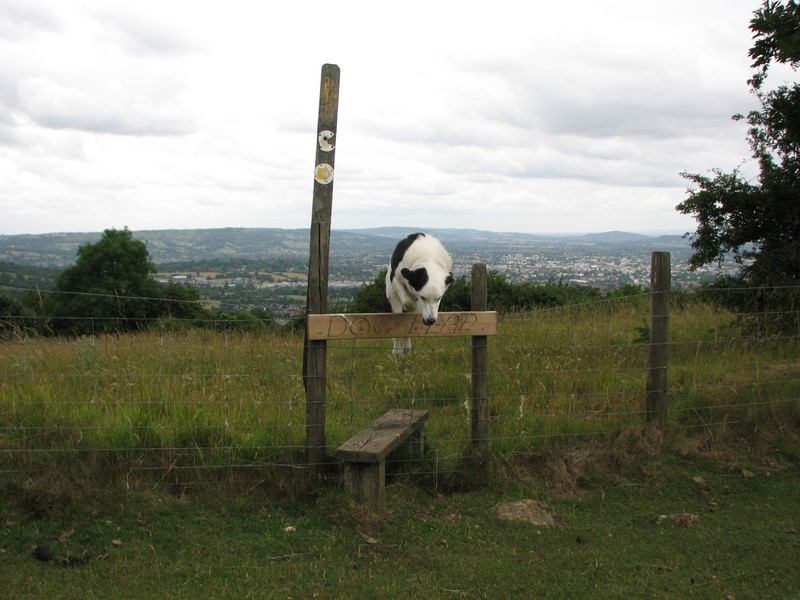
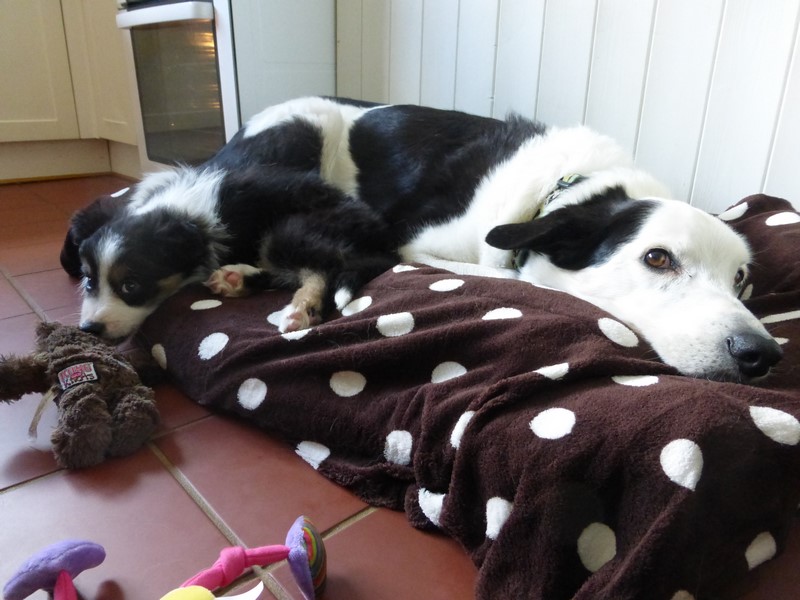
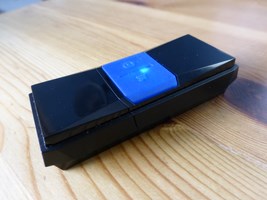
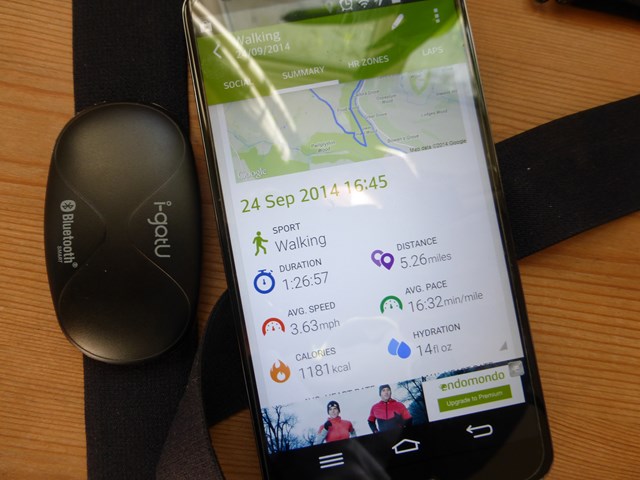 I also decided to increase my midweek walking dramatically. I live in a hilly area so it’s ideal. I mainly work from home, so I’m making time for a lunch break every day if possible. My main route is 3 miles and heads up about 650′. That’s 1.3 miles of good climb and really gets the heart pumping before a short flat section and then back down again. I have an elongated 5.25 mile version of the walk that I like to do in the early evening if work gets in the way of my lunchtime blast. I try to push up the hill as fast as I can.
I also decided to increase my midweek walking dramatically. I live in a hilly area so it’s ideal. I mainly work from home, so I’m making time for a lunch break every day if possible. My main route is 3 miles and heads up about 650′. That’s 1.3 miles of good climb and really gets the heart pumping before a short flat section and then back down again. I have an elongated 5.25 mile version of the walk that I like to do in the early evening if work gets in the way of my lunchtime blast. I try to push up the hill as fast as I can.